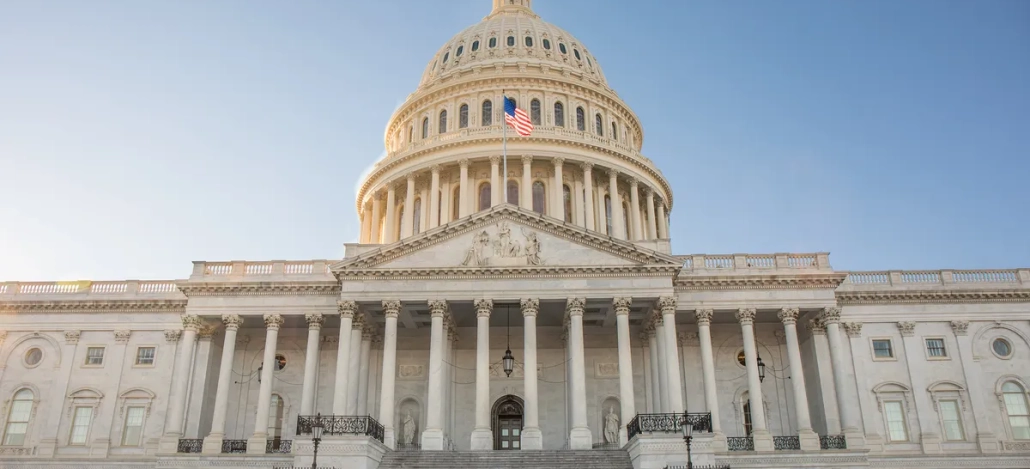
A Closer Look at Secure Act 2.0: Changes and Updates for Retirement Plans
With the Secure Act 2.0 recently passing into law, there are many new provisions affecting retirement plans and IRAs. This new law has many changes. Some that that are in effect today and others that will take effect in later years.
Incentivizing Small Employers to Start a 401K Plan in 2023
The most prominent provision for retirement plans starting in 2023 is the increase in the tax credit for small employers (those with under 50 employees) from 50% to 100% of startup costs up to a cap of $5,000. This increase incentivizes small employers to start a 401K plan as it will help to entirely or mainly offset the costs of creating the plan.
Additional Provisions Effective for 2023
Some other provisions effective for 2023 include the ability to use an employee’s self-certification for a hardship withdrawal, repayment ability for an employee to pay back a qualified birth and adoption distribution over three years, and the elimination of unnecessary plan requirements for eligible but unenrolled individuals. These provisions are optional if your plan currently allows for such withdrawals.
Future Provisions for Retirement Plans in 2024 and Beyond
Additionally, provisions are coming for retirement plans for future years. In 2024 or later, all “Catch Up” contributions will need to be Roth (if the plan currently offers Roth deferrals in the plan). Employers in 2024 will also have the option to provide a match on an employee’s qualified student loan payments within the 401K plan. If a plan chooses, employees can take an Emergency Personal Expense withdrawal of up to $1,000. This withdrawal won’t be subject to the 10% excise tax penalty. The employee can repay the withdrawal over three years if they want to but cannot take another Emergency Personal Expense Withdrawal during the 3-year payback period.
Mandatory Automatic Enrollment and Increase Features Starting in 2025
Beginning in 2025, any new plan started after December 29, 2022, must use Automatic Enrollment and Automatic Increase features in their plans. Employees must automatically enroll in the plan at a rate of at least 3% but no more than 10%. The employees will also be required to have contributions be automatically increased by 1% each year up to a minimum of 10% but no more than 15%. Also, in 2025, the plan will have the option to increase the amount of “Catch Up” contributions for employees who have reached age 60, 61, 62, or 63 to the greater of $10,000 or 50% more than the regular “Catch Up” amount of the year.
Changes in Required Minimum Distribution (RMD) Ages for IRAs and Retirement Plans
As for IRAs and Retirement plans, the RMD age has increased to age 73 for 2023. This increase only affects individuals who reach age 73 after December 31, 2023. The RMD age will increase to 75 for individuals who attain age 74 after December 31, 2032.
Lowered Excise Tax for Late RMDs
The Excise Tax of 50% for later RMDs has been lowered to 25% and as low as 10% if done promptly.
Consult a Qualified Retirement Plan Advisor for Compliance and Guidance
With all these changes happening now, and in the coming years, it may be a good time to talk with a qualified retirement plan advisor to ensure your company’s retirement plan is in compliance and your IRA account is in good standing.